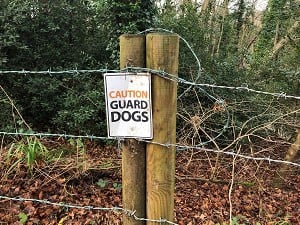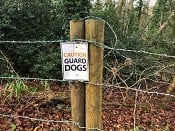
Hill-goers have been reassured that they needn't be alarmed if they come across figures clad in space suit-like protective clothing spraying green slime all over the top of Kinder Scout. It's nothing untoward, apparently, just part of a scientific trial on the best way to re-introduce sphagnum moss to peat moors degraded by decades of environmental mismanagement.

The Moors for the Future Partnership is working with the Environment Agency and National Trust on something called the Peatland Restoration Project, on an 80-hectare site on Kinder Scout, the highest plateau in the Peak District.
Jon Stewart, General Manager for the Peak District National Trust, said:
'Kinder Scout is a National Nature Reserve and the site of a pioneering mass trespass in the 1930s that led the way to open access to the moors. It is fitting that it is pioneering once again as the site of these trials which are of global importance to moorland restoration.'
Without their protective sphagnum based vegetation, lost during 150 years of atmospheric pollution and wildfires, bogs release carbon into the atmosphere instead of storing it, a process accelerated by the resulting increased likelihood of fires. Degraded bogs send sediment downstream into reservoirs, and don’t act as flood-reducing sponges in wet weather.
The reintroduction of sphagnum moss is key to rebuilding blanket bogs, making them wetter and reversing the process of degradation.
Over the next three to five years the Kinder trials aim to establish the best way to do that, and it is hoped they will provide evidence for use on other damaged sites worldwide.
Four different methods are being tested on the northern edge of Kinder Scout:
• SoluMoss – the “green slime” – an innovative technique which embeds sphagnum in strands of nutritious gel to be sprayed from a backpack.
• BeadaMoss – sphagnum embedded in thousands of gel-beads, a technique developed several years ago for Moors for the Future, scattered by hand.
• PlugaMoss – sphagnum cultivated as plug-plants for individual planting by hand.
• Hummocks – handfuls of wild sphagnum, collected sustainably from other sites and replanted by hand, a technique developed by the RSPB.
The partners are also leaving one patch untouched to see what nature does on its own, and assessing the cost-effectiveness of the different methods.








Comments